The blackcurrant (Ribes nigrum) is cultivated for its tangy black berries, particularly enjoyed in salads, paired with meats, or in sweet versions for cakes, tarts, jams, and sorbets.
But its highly aromatic leaves also boast numerous benefits. While they are used to flavour wines and liqueurs, their virtues are also prized in European herbal medicine for relieving joint-related ailments.
So how to pick, store, and consume blackcurrant leaves? Here are our tips for successful harvesting, drying, and enjoying all the benefits of blackcurrant leaves in herbal tea.
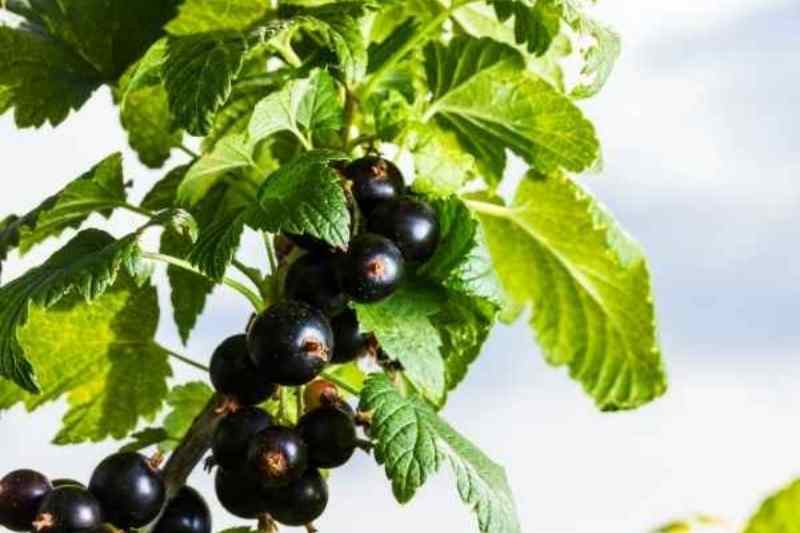
Harvesting Blackcurrant Leaves for Drying
The ideal time to pick blackcurrant leaves for drying is in spring before flowering, around April and May.
Harvest the leaves in the morning, after the dew has evaporated, on a dry and sunny day.
For selection, choose young, fresh, and vibrant green leaves, free from defects and not yet fuzzy in appearance.
If you grow blackcurrants for their fruit, ensure you leave some leaves on the shrub to avoid impacting the upcoming summer fruiting.
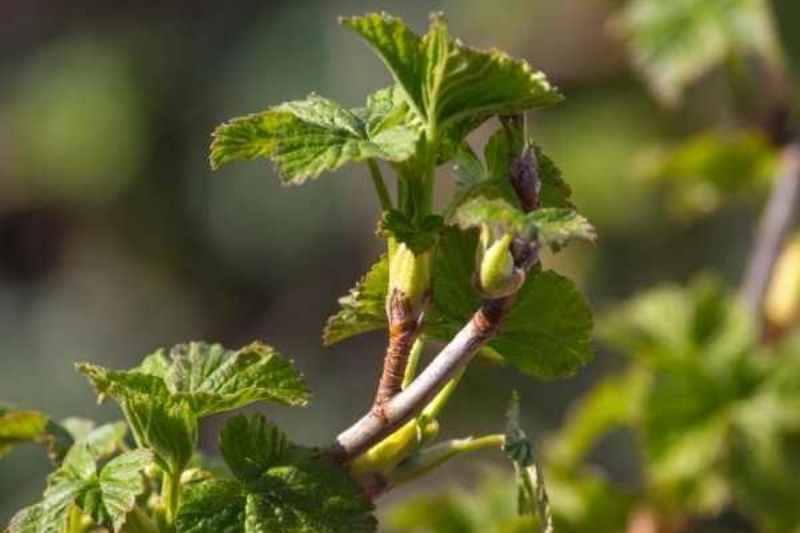
Drying Blackcurrant Leaves Naturally
Once harvested, the leaves should be thoroughly cleaned with water and inspected to remove any traces of insects or potential eggs.
To speed up drying, gently wring the leaves in a clean cloth.
Air-drying is a simple, economical, and natural method. For this, simply lay the blackcurrant leaves flat on a tray, slatted rack, or crate to ensure good air circulation during drying.
Store the leaves in a dry, well-ventilated area away from direct sunlight. Optionally, turn them over after a week to ensure even drying.
After a few days to several weeks, when the leaves become brittle and crumbly, drying will be complete.
For a quicker method, opt for oven-drying the blackcurrant leaves at a very low temperature (ideally 50–60°C).
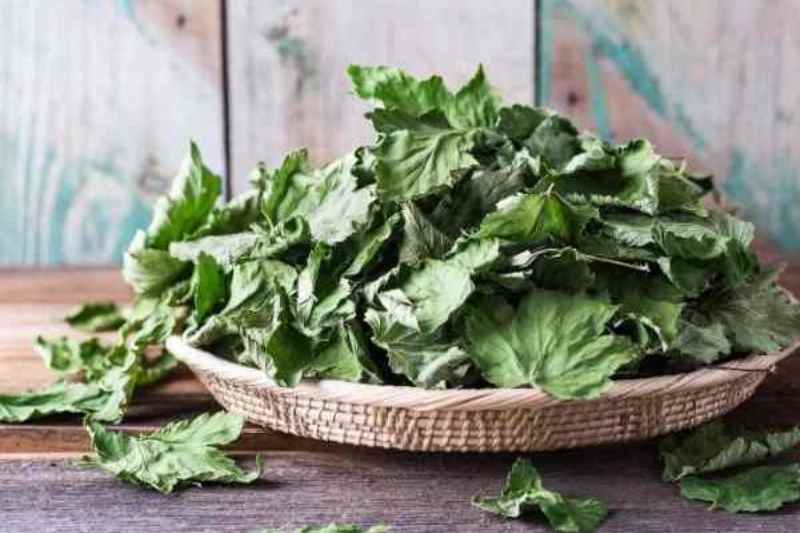
Storing Dried Blackcurrant Leaves
Dried blackcurrant leaves can be stored whole, but they are easier to use once crushed in a blender, mortar, or simply with a knife.
Store them in clean, dry containers made of glass, plastic, or metal (like a biscuit tin) or in tightly sealed paper bags.
Kept away from light in a dry place, they will last for up to 1 year.
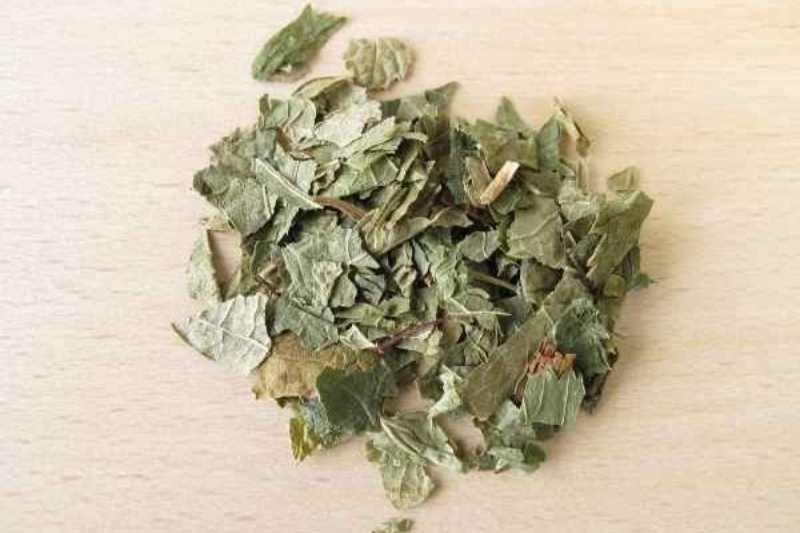
Using Dried Blackcurrant Leaves in Herbal Tea
Blackcurrant leaves are widely used in herbal tea for delicious infusions: simply add 2 teaspoons of chopped leaves to a cup of boiling water (250ml), then steep for 5–10 minutes.
Drink several cups a day between meals.
Fresh leaves are perfectly usable but won’t keep and should be consumed immediately.
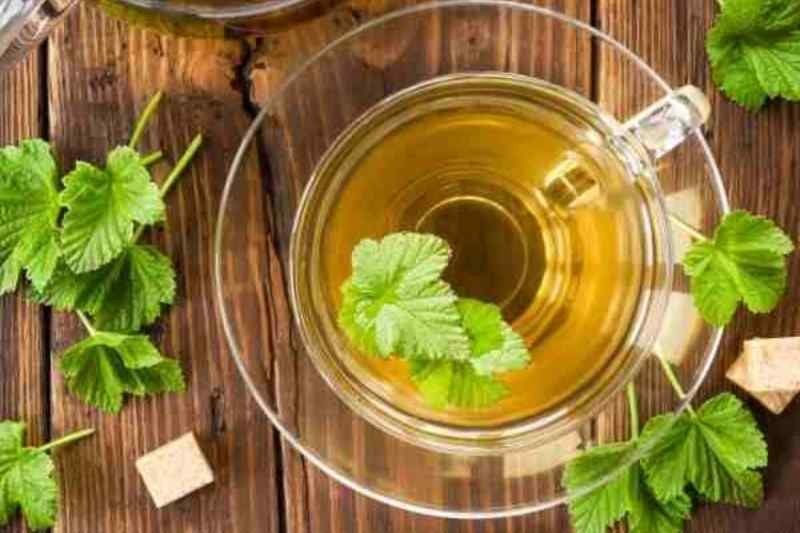
Benefits and Properties of Blackcurrant Leaves
The blackcurrant shrub was once nicknamed the "gout tree," referencing its medicinal virtues used since the 12th century.
Blackcurrant leaves indeed have many properties:
- Diuretic
- Anti-inflammatory
- Antioxidant
- Antimicrobial
They are particularly recommended for joint-related conditions (rheumatism, gout, arthritis...) or urinary stones, as they promote the elimination of bodily waste thanks to their high flavonoid content.
Blackcurrant leaves may also have beneficial effects for hypertension, sore throats, or oral infections.
Consuming blackcurrant leaf tea has no known side effects, but it is not recommended without medical advice for those with heart or kidney conditions, or during pregnancy and breastfeeding.






























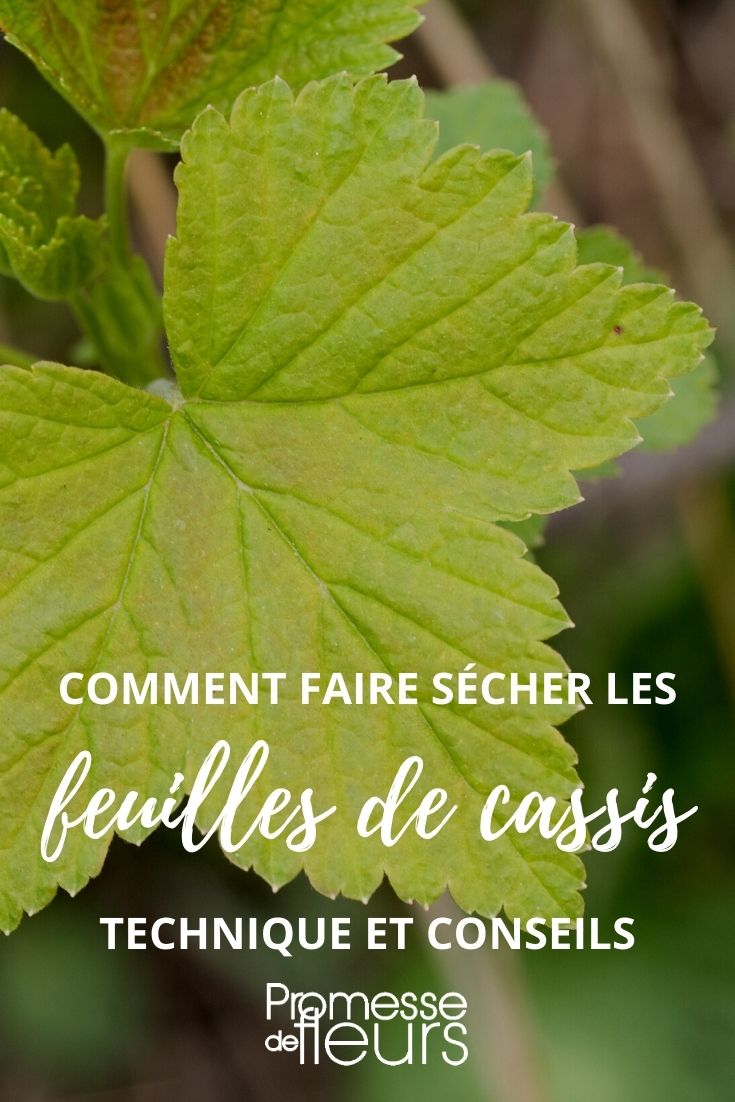
Comments